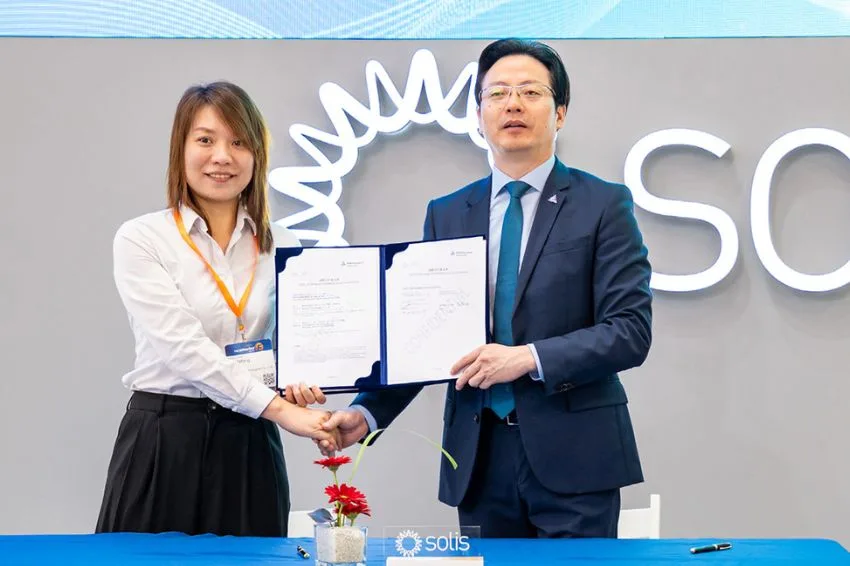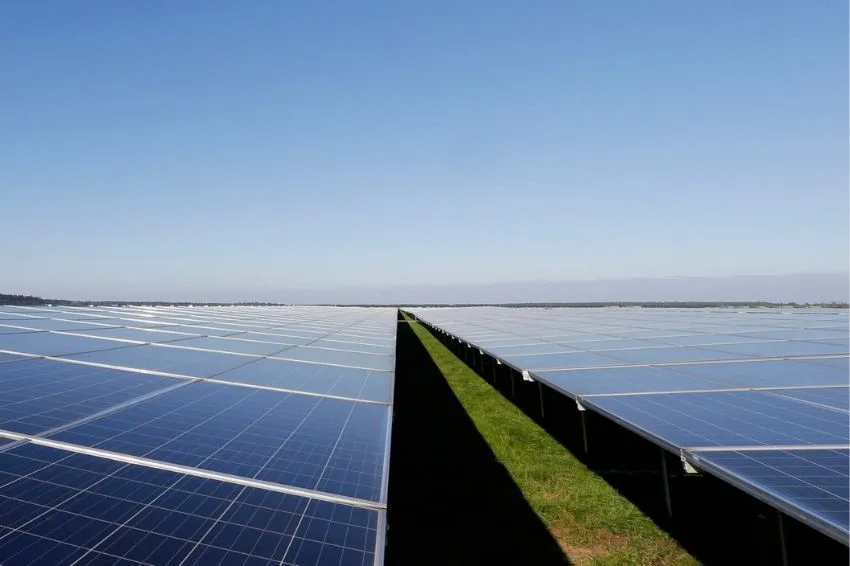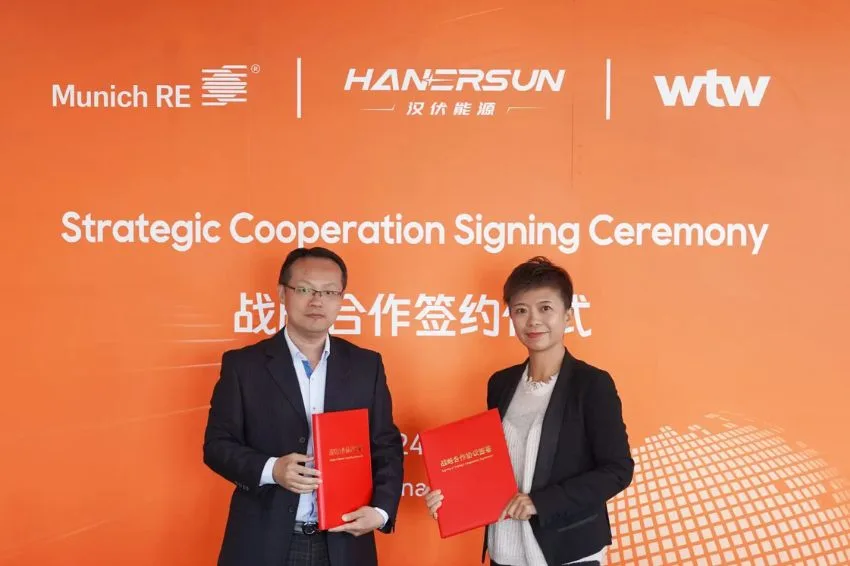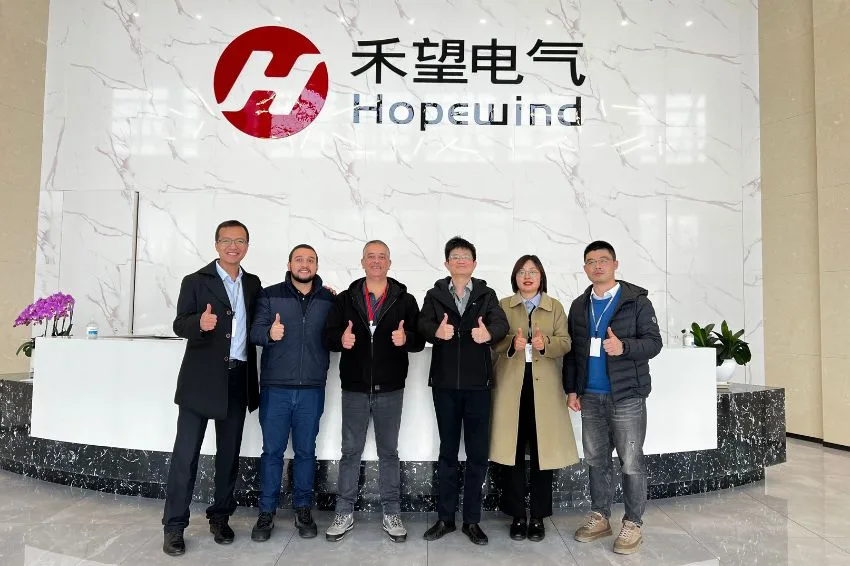UFSC (Federal University of Santa Catarina), in partnership with German Technical Cooperation (in the German acronym GIZ – Deutsche Gesellschaft für Internationale Zusammenarbeit), will invest R$ 12 million for the production of green electricity, hydrogen and ammonia.
The project will be developed by Strategic Solar Energy Research Group of the university. The forecast is that the maximum generation potential will be 4.1 Nm3/h (normal cubic meter per hour of green hydrogen) and maximum production of 1 kg/h of ammonia.
The proposal of the agreement is also to use a reactor to produce green ammonia (NH3), a product commonly used as fertilizer. This will be possible from the combination of hydrogen produced by solar energy combined, in reaction, with nitrogen.
In addition to the reactor, the project will acquire an electrolyzer and a fuel cell. According to Professor Ricardo Ruther, coordinator of the Photovoltaic Group at UFSC, the electrolyzer enables the production of hydrogen and its use to generate electricity occurs in the fuel cell.
The contribution from German Cooperation will ensure the construction of the new UFSC laboratory block, a building under construction that will serve as a showcase for the industry of the feasibility and application of the technology. Furthermore, the institute stated that the training of teachers, researchers and students is also part of the scope of the agreement.
This cooperation is part of GIZ's H2Brasil Project, which works in partnership with the MME (Ministry of Mines and Energy) to expand the H2V (green hydrogen) market in the country.
The project encourages the development of new technologies related to H2V and its derivatives, supports studies and research on the topic, promotes professional education and also the implementation of plants and laboratories for the production of sustainable fuel.
According to a report in Fapesp magazine, for example, there are 520 hydrogen plant projects in the world. In addition to the program that will be created at UFSC, an EDP plant will use photovoltaic energy and will have the capacity to produce 22.5 kg of hydrogen per hour. The planned investment is R$ 41.9 million.

Using green hydrogen
For Ruther, the learning curve with photovoltaic technology serves as a mirror for what the use of H2V (green hydrogen) could be in the long term.
“This issue is not new: it has been talked about since at least 2005, but at that time environmental issues did not seem to be as central an issue as they are today. Furthermore, its very expensive production makes wider application difficult,” he said.
Hydrogen gas, which receives the adjective “green” due to the sustainability of production via electrolysis using only water and renewable energy, has been researched by the main countries in the world.
The international consultancy Bloomberg New Energy Finance pointed out that photovoltaic solar generation is capable of offering low-cost H2V, which made the UFSC research group an immediate focus of interest for partners.
“You can use hydrogen to do a variety of things, from using it in a fuel cell to convert it back into electricity to being used as a fuel. For example, rockets are all powered by hydrogen”, he highlighted.
Green hydrogen in Brazil
The professor also highlighted that geopolitical issues also make green hydrogen the topic of the moment in terms of energy generation. This is because, in addition to all the emphasis on environmental issues, European countries are dependent on Russian natural gas, which had high prices and reduced availability, facts that ended up increasing expectations for the compound.
“These investments are mainly driven by Europe and more specifically by Germany, which had already decided to deactivate its nuclear plants and look for a substitute for this energy”, he reported.
“There is also an urgency to replace an energy matrix dependent on coal, which is very polluting. Another attractive element is the economic issue. In the Bloomberg New Energy Finance study, the Brazil was presented as the country where the product could be the cheapest in the world in 2050”, he emphasized.
https://canalsolar.com.br/rio-de-janeiro-firma-acordo-para-viabilizar-projetos-de-hidrogenio-verde/
For Markus Francke, director of the German Cooperation H2Brasil Project, with its large solar and wind resources, Brazil is very well positioned to produce H2V at very competitive costs.
“The initiatives currently underway have great potential to catalyze the process of enabling the entire H2V value chain, from academic research and development institutions, through the industrial and commercial sector to the end user of these clean technologies”, he commented.
According to Ruther, the solution, however, does not only respond to the interests of other countries. In Brazil, for example, a direct impact of the use of green hydrogen could be the contribution to the decarbonization of the Amazon, since, in the region, there are isolated systems that use fossil fuel as a source, generating environmental damage.
“The proposal is to test all of this, produce hydrogen from solar energy, here, in our super controlled environment, and advance knowledge. The idea is to use this experience and knowledge and replicate it in the hundreds of mini-grids spread across the Amazon region, to meet this local demand”, he explained.
Public investment is essential
The researcher also contextualized that, today, most of the hydrogen that is produced is called gray hydrogen because it comes from an energy matrix that is not renewable. “Currently, oil, natural gas and coal account for 85% of the world’s energy consumption.”
Initial investments are high, which could be an immediate obstacle, but he highlighted that this also happened way back when, when solar was seen as a utopian possibility for changing the energy matrix.
For the same, public contributions, therefore, are essential to form the basis of knowledge that, at some point, will be an accessible innovation, such as solar panels, for example.
“We have already seen this happen with photovoltaic sources and we have elements to think that the same thing will happen with hydrogen. But you need public resources, you need investment”, he concluded.















